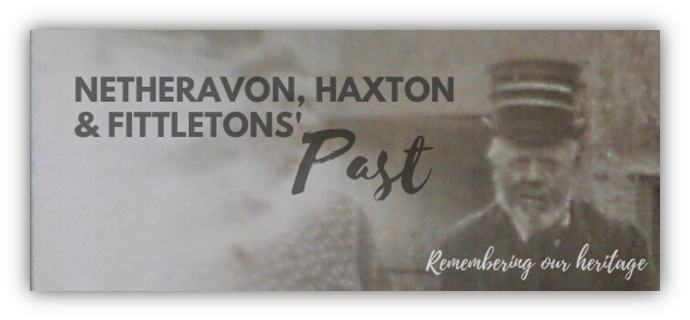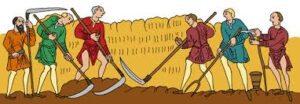Early Saxon settlers were pagan and this is evidenced locally by various Saxon burials, some of which were interred in bronze age barrows and other ritual sites. In 2020 evidence of an Anglo Saxon burial ground was found in trial excavations on the site of the proposed Royal Artillery Museum, together with Bronze Age and Roman material. Such pagan burials are often found near parish boundaries, indicating the antiquity of parish divisions.
The continuity of Christianity is clear though from Roman times and Netheravon was an important Saxon religious and administrative centre. It was probably a Saxon “minster” church, a headquarters for missionary priests, with a jurisdiction covering the administrative district (or Hundred) of Elstub.
According to the Domesday Book in 1086 the church held numerous landholdings although by then the building was said to be roofless and ruinous. There are nevertheless good late Saxon features in the church tower, itself probably built in Saxon times. The narrow arched openings to the north and south may have been entrances into living accommodations, or the church may have been cruciform in shape with a central tower.
Within the kingdom of Wessex, the administrative units which would later become known as Hundreds are believed to have been established in the seventh century. The Hundred of Elstub originally consisted of Enford, Netheravon and Fittleton and is said to have got its name from a meadow in Enford parish between Fifield and Newtown. It means “elder tree stump”. Courts dealing with criminal and civil matters and arrangements for the collection of taxes were held in this meadow up to the 17th century. Netheravon was the administrative centre of the Hundred and although Hundred Courts no longer functioned, the hamlet of West Chisenbury remained subordinate to Netheravon until 1885.

